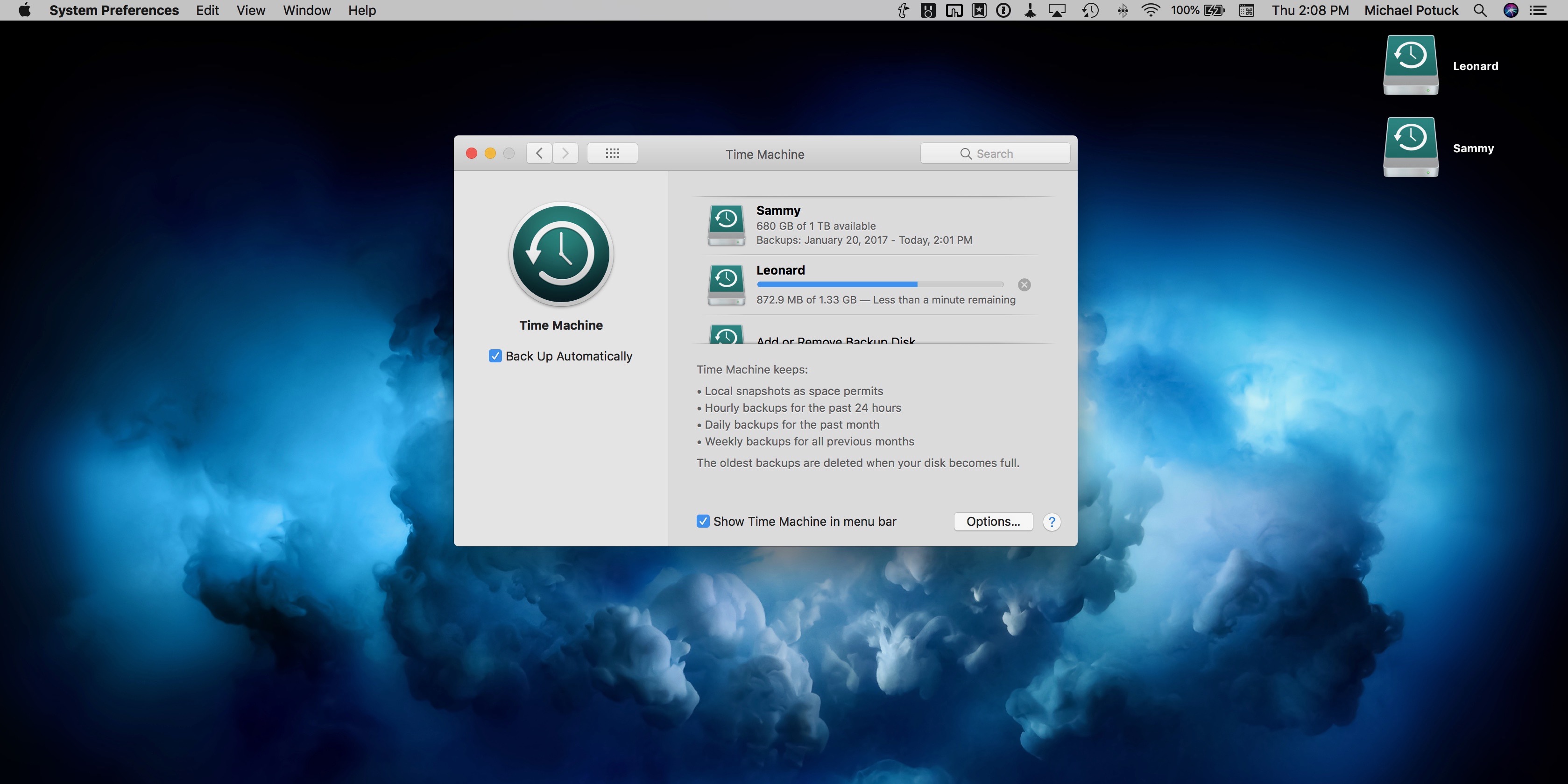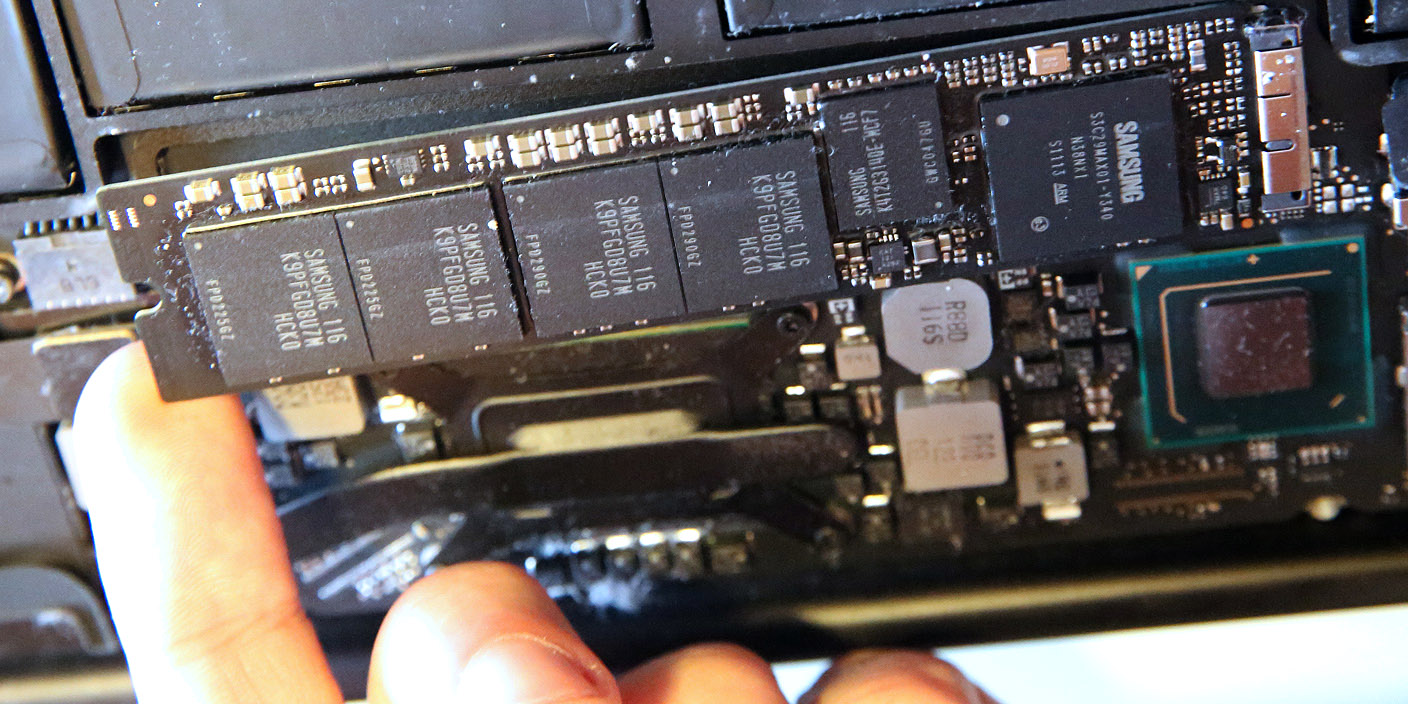


OAS confirmed this occurs "by design" indeed, is quite inefficient in terms of speed and space, and it is one reason why TM puts external drives into the exclusion list by default and automatically.Īccordingly, after recovering, I'll have to go to EACH folder in the database and delete the files of the "old" backups, if I want to save space in the Time Capsule disk. That is, I go to EACH "date-folder" and a complete set of my files is there (at date of backup, obviously) having effectively dozens of copies of the older files. What I discovered -and OAP validated- is that TM creates a complete copy of the EXTERNAL HDD each time it backs it up. I just experienced the same situation as OP, and through Official Apple Support chat went through the process of recovering the files manually using Finder to access the TM backup database. In my understanding, trying to avoid "duplicating" the files in USB-new backup is futile. I believe that they are kept in the Time Machine backup so in theory one should be able to retain them and make Time Machine understand that it still has an unchanged copy of the files. I haven't tried restoring the files using Unix commands instead of Time Machine's "Restore" button to see if one can keep the extended attributes in place. If your backup drive doesn't have the additional room, then you've potentially got a problem. If you have a backup drive that is big enough then this is OK (not ideal, but OK). So, when you turn Time Machine back on with the new volume in place, it backs up another copy of every single file instead of creating just another set of hard links to the copy it already has. That Time Machine uses to decide whether it needs to re-backup a file. What the restore doesn't seem to do is copy over the extended attributes :_kTimeMachineNewestSnapshotĪnd :_kTimeMachineOldestSnapshot Naming the new volume the same as the old one makes it very easy to go back one step in time and restore the contents of that volume's root directory. You'll have to manually move both the visible and hidden items once the restore is done. If that's a problem I believe you can navigate up one level to the machine in the Time Machine window, select just the external hard drive backup, and restore everything, but it will then be in a folder named after your external hard drive. You can control-click on an item in Time Machine and have it delete all backups of an item if you end up in this situation, but then you'll lose all your old archival backup data for the drive.Īlso, I suspect this method misses hidden files at the root of the drive - if you've changed the drive icon it isn't restored, for example. When I tried this method last year in Leopard, Time Machine decided that the identically-named drive was a new drive with the same name - I ended up with two backups named "Ext HD" and Ext HD 1", one of which was the old, discarded drive, and the two together doubling the amount of space they used on my backup drive. I am in the middle of a restore using this method, and have yet to see whether Time Machine in Snow Leopard successfully identifies the new drive as the same as the old drive. I tried Migration Assistant but it didn't appear to have the ability to select a specific hard drive to restore. Prior to doing this I turned off Time Machine backups while this long restore was taking place. You can then go back to your last backup, select all the files and folders at the top level of your (old) drive, control-click on them and restore them. After that you need to open the (empty) drive in Finder and then "Enter Time Machine" from the Time Machine icon in the Menu Bar.

Naming the brand new drive the same as the old drive is the first step, but it doesn't get your files restored.


 0 kommentar(er)
0 kommentar(er)
